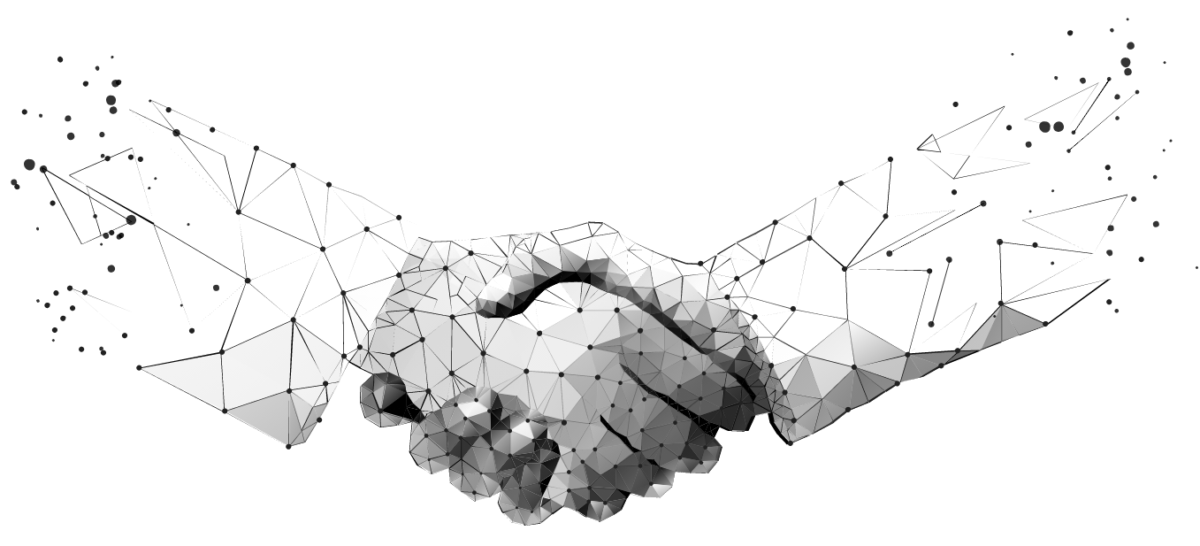

The RECORD project (also known as tenders.guru) was created to prevent corruption in public procurement and is formed by 5 NGOs from 4 countries: eState Foundation (Poland), Access Info Europe (Spain), Civio (Spain), K-Monitor (Hungary), Funky Citizens (Romania), which act together as a Consortium. The project was implemented primarily in these four countries, but the potential and interest of other European Union countries is enormous and we are starting to cooperate with our Greek counterparts.
Main tasks of the project
The tasks of the project included the evaluation of the functioning of state institutions and regulations so that was possible to build an appropriate tool to monitor the public procurement process and identify corruption risks. The tool, which can be found here, is open to anyone interested in monitoring the state of public spending in one or more countries participating in the project. Thanks to it, the CSOs’ and citizens gained a tool that supports their watchdog activities. Public institutions gained technical support in carrying out their tasks related to counteracting corruption.
Risk Indicators
Public procurement is an area particularly prone to corruption and it is always a challenge which control mechanisms should be implemented to minimize risks. The Consortium has decided to use corruption risk indicators, also known as red flags, such as a very short bidding period, only one bidder, a contract specification that seems to describe the characteristics of one particular contractor, the prevalence of a very large number of contracts below the threshold, and conflict of interest.
As public procurement should be an open, competitive process with a clear structure, any deviation could potentially be a warning sign. Red flags are indicators of suspicious or corrupt behavior. When one red flag is linked to another, it increases the likelihood that the behavior reflects corrupt practices. For the needs of the project, we have also created a database of various risk indicators proposed by different organizations.
While red flags may indicate a risk of corruption, they do not automatically mean that corruption is present, as there are many contextual circumstances. However, a red flag signals the need for investigation and analysis.
An open and transparent procurement process helps to uncover corruption. Experts agree that the best possible analysis of red flags comes from joint analysis of direct procurement data and other related data such as company registers, financial information, owner information, and analysis of networks between buyers and bidders. For this reason, we are also conducting policy activities aimed at opening other data sources. Not only to have easy access to them but also to be able to connect data with each other.
Policy
To make concrete recommendations at the national level, we had to learn about the trends and different risk factors existing in each country. All four participating countries have their procurement portals with different formats for publishing data.
To address the data challenge, tenders.guru takes structured procurement data from the four national procurement portals and combines this data into one structured, consistent database.
The structured data from the Consortium countries allows us to apply corruption risk indicators in the context of national procurement systems. Based on this, we can identify corruption trends and weaknesses in existing laws.
This article was prepared by Krzysztof Izdebski, Board Member, Policy Director at ePaństwo Foundation, within the project “Tackling corruption in public procurement in Ukraine and V4 countries with new approaches.”
The project is co-financed by the Governments of Czechia, Hungary, Poland and Slovakia through Visegrad Grants from International Visegrad Fund. The mission of the Fund is to advance ideas for sustainable regional cooperation in Central Europe.








